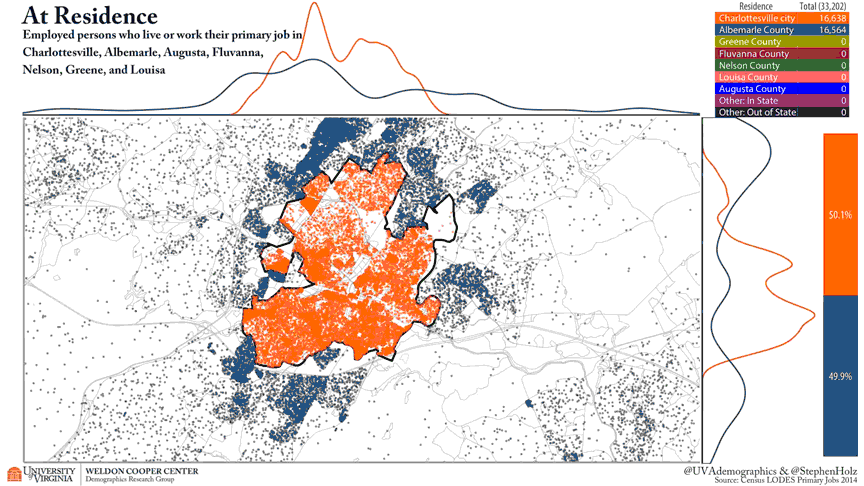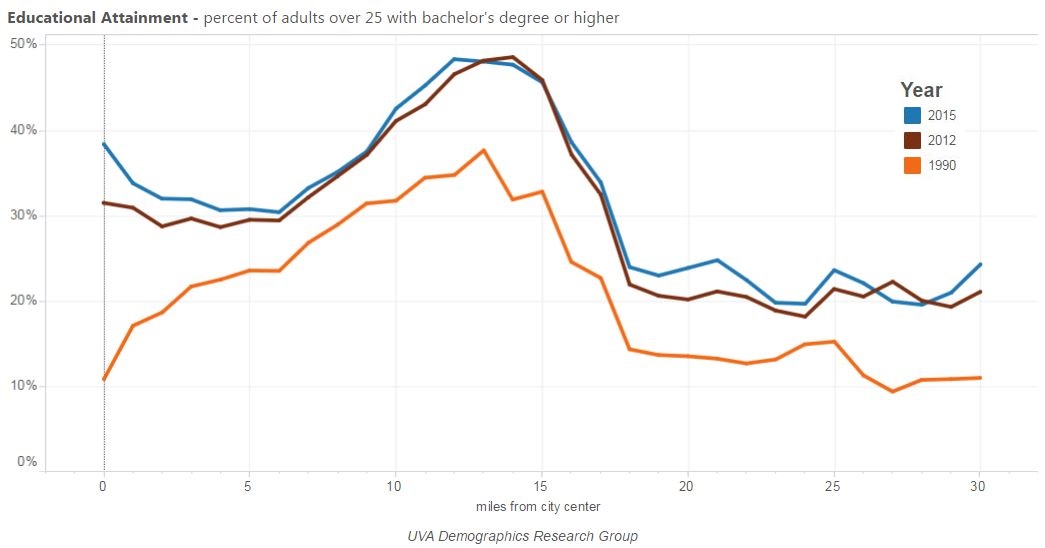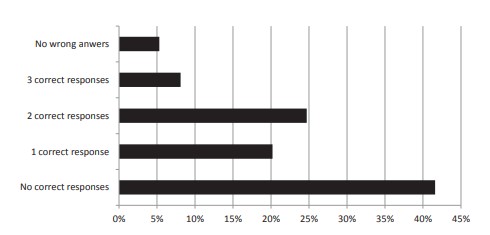How accurate are population projections?
Forecasting weather accurately is rarely possible but the public counts on exactly that – an accurate prediction. And the combination doesn’t always work out well as illustrated in the 2005 film, The Weather Man, when Nicholas Cage, who plays a meteorologist, sometimes gets the weather forecast wrong and is pelted with half-consumed fast food by […]












